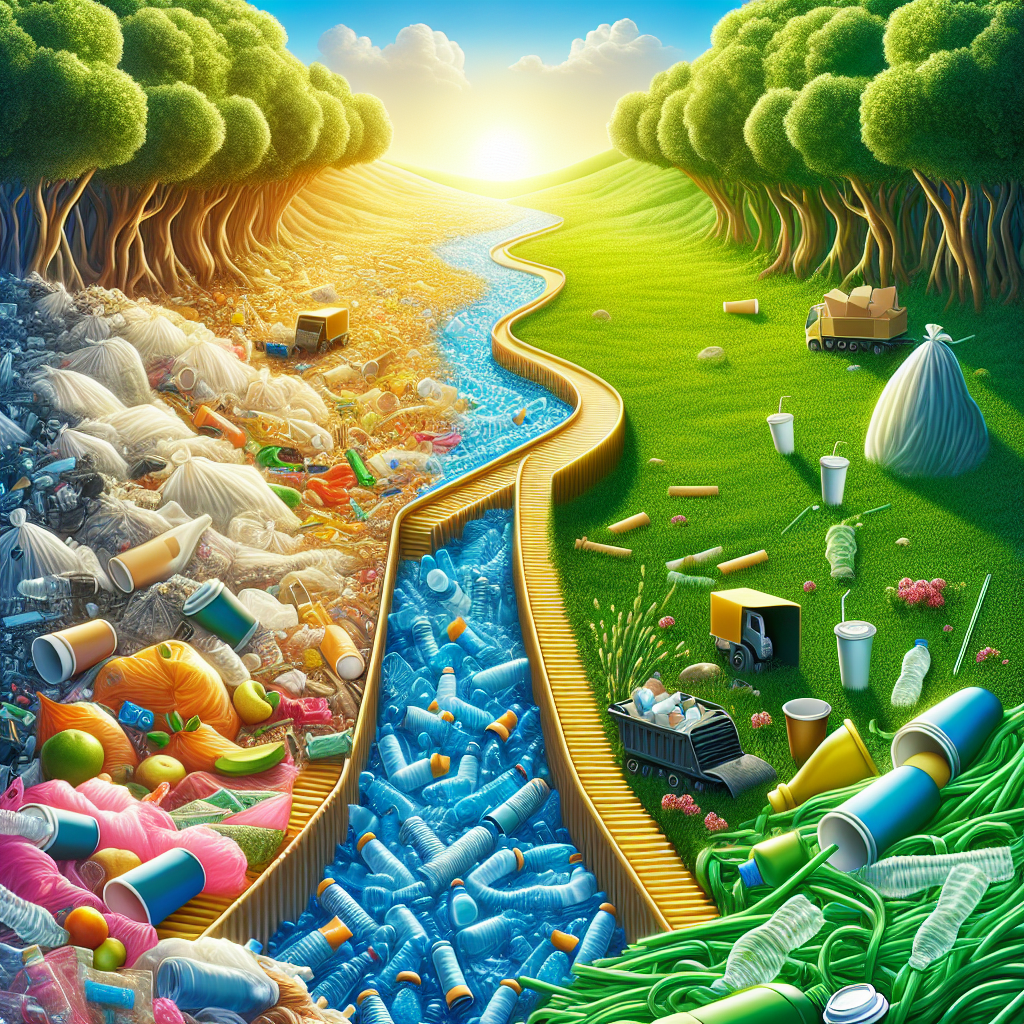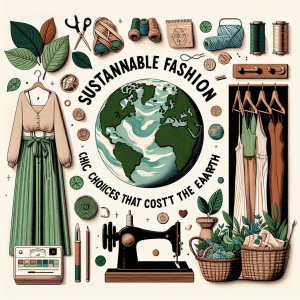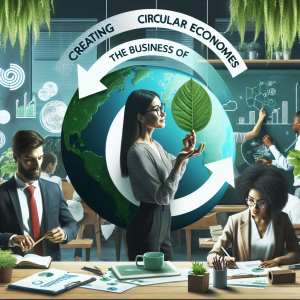In recent years, the world has witnessed a growing awareness of environmental issues, particularly concerning plastic waste and its detrimental effects on our ecosystems. As consumers, industries, and governments rally for change, the journey of recyclable materials from single-use products to sustainable alternatives has become a primary focus. This article delves into the evolution of recyclable materials, the challenges faced, and the promising future of sustainability.
The Problem with Single-Use Products
Single-use materials, particularly plastics, have dominated modern life due to their convenience and cost-effectiveness. Items such as plastic bags, straws, and food containers are used briefly before being discarded, contributing to the alarming statistic that approximately 300 million tons of plastic are produced globally each year. Much of this finds its way into landfills and oceans, leading to severe environmental consequences, including wildlife hazards and ecosystem damage.
The backlash against single-use products has prompted a reevaluation of their lifecycle. Awareness campaigns, legislation, and consumer pressure have led many industries to rethink their materials and production methods.
Transitioning to Recyclable Materials
The shift from single-use to recyclable materials is multi-faceted, involving innovation in design, manufacturing practices, and consumer engagement. Here are key components of this transformation:
1. Redesigning Products
To facilitate recycling, manufacturers are adopting principles of circular design. This means creating products that can be easily disassembled and reprocessed. Brands are now developing items that use fewer materials, swap out non-recyclable components for recyclable ones, and incorporate biodegradable alternatives to extend the lifecycle of their products.
2. Alternative Materials
Many industries are exploring sustainable alternatives that reduce reliance on traditional plastics. Materials such as bioplastics, which are derived from renewable sources like cornstarch, and paper-based products, are gaining prominence. These alternatives often have lower environmental footprints and can be more easily recycled.
3. Building Efficient Recycling Systems
For recyclable materials to be effective, the recycling infrastructure must be robust. Efforts to improve sorting technologies, increase the number of recycling facilities, and enhance consumer education about recycling practices are vital. Provinces and municipalities are implementing efficient curbside recycling programs, while companies are investing in closed-loop systems that reuse materials for new products.
4. Consumer Education and Involvement
Educating consumers about the importance of recycling and proper sorting is crucial. When individuals understand how to recycle effectively, they are more likely to participate, driving up recycling rates. Initiatives such as community workshops, informative campaigns, and tools like mobile apps can foster greater awareness and engagement.
The Role of Legislation
Legislation plays an essential role in the transition to recyclable materials. Governments globally are enacting policies to curb single-use plastics, incentivizing businesses to adopt sustainable practices. For instance, bans on plastic bags and straws, along with mandates for increased recycled content in products, are becoming more commonplace.
These regulations not only encourage manufacturers to seek sustainable materials but also signal to consumers that a shift toward sustainability is not just beneficial—it’s necessary.
Challenges Ahead
While progress is being made, challenges remain. Not every recyclable material is actually recycled due to contamination, lack of infrastructure, or economic barriers. Additionally, the cyclical nature of economies can place pressure on industries to prioritize cost over sustainability. Addressing these challenges requires collaboration among stakeholders, including governments, industries, and consumers.
The Future of Recyclable Materials
The future of recyclable materials is promising, rooted in technological innovation and societal change. Advances in recycling technology, including improved sorting systems and chemical recycling methods that can process items previously deemed unrecyclable, hold the potential to revolutionize waste management.
Moreover, the growing consumer demand for sustainable products is pushing brands to commit to comprehensive sustainability goals. Companies recognizing that sustainability can be synonymous with profitability are paving the way for a greener economy.
Conclusion
The journey from single-use to sustainable is not straightforward, but it is essential for the health of our planet. Through innovation, collaboration, and a commitment to better practices, we can reduce our reliance on single-use materials and transition into a future where recyclable materials are not just alternatives, but the foundation of our consumption. As each stakeholder—from consumers to corporations—plays their part, we inch closer to a world where sustainability is the standard, not the exception.



